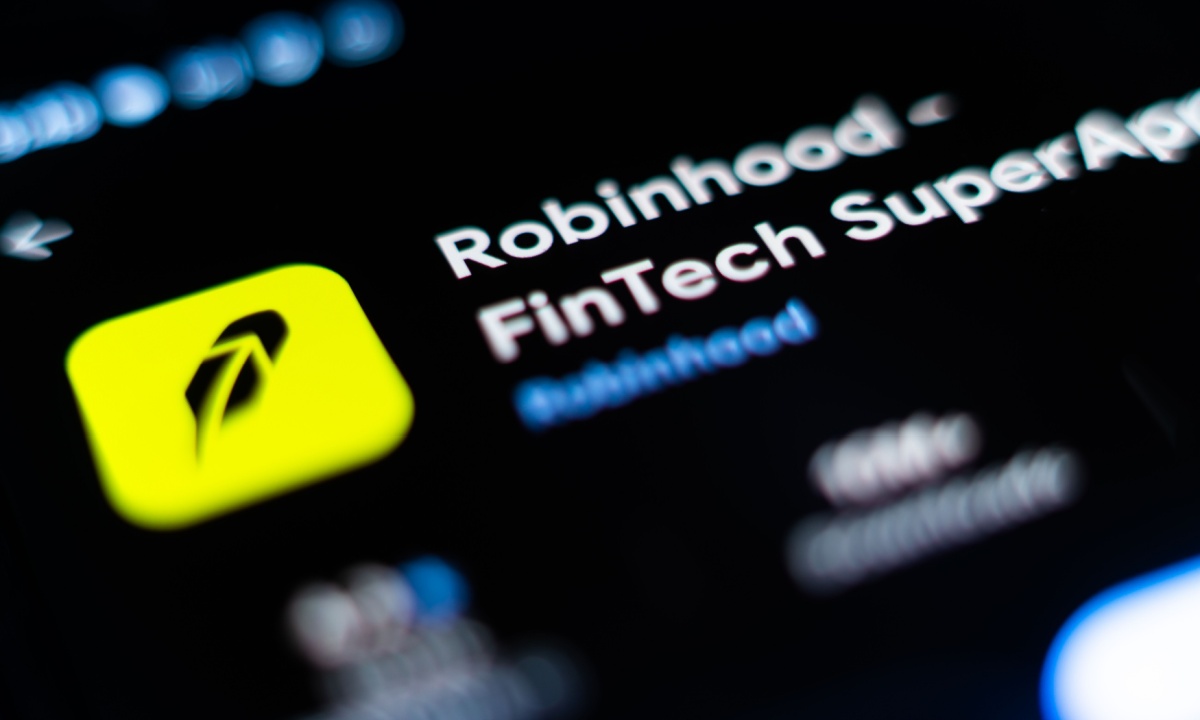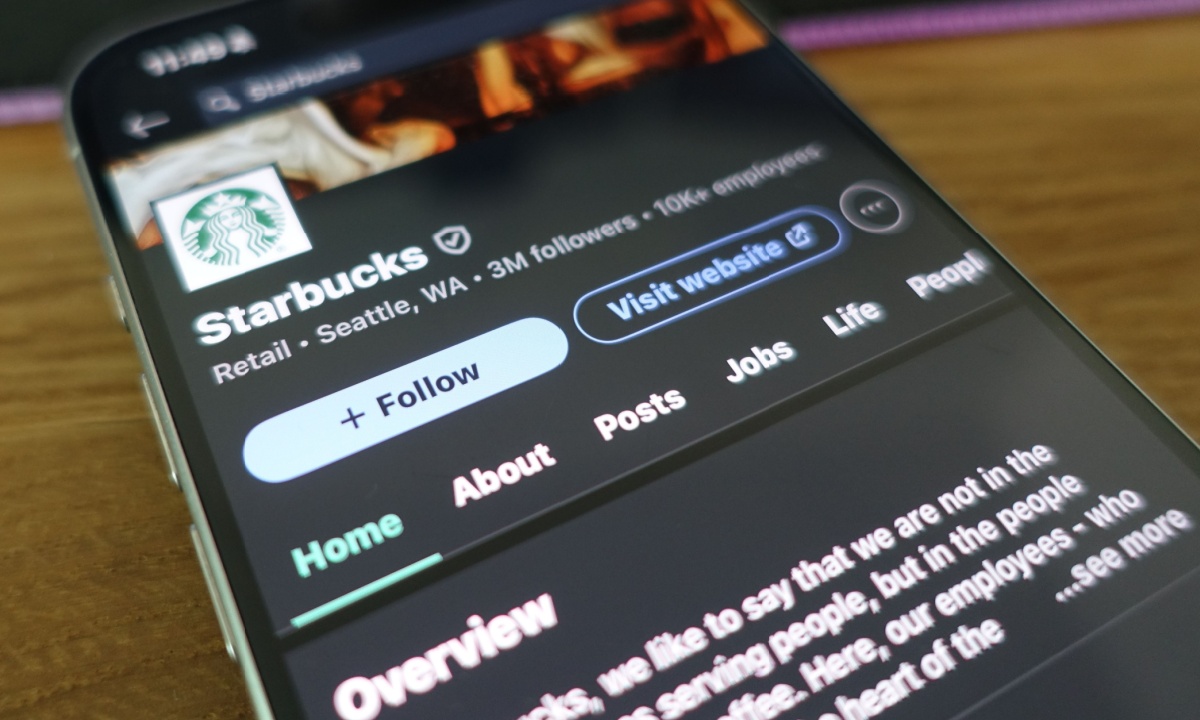Fintech
OpenAI Transforms ChatGPT Into an AI Agent
Published
3 weeks agoon
By
Hrishi
OpenAI is rolling out a major update that transforms ChatGPT from a conversational AI tool into a fully agentic system, capable of executing complex tasks using its own virtual computer and a suite of built-in tools.
This new capability, available to Pro, Plus and Team users through a feature under tools called “agent mode,” enables ChatGPT to navigate websites, prompt users to log in when needed, conduct analysis, and deliver editable slideshows and spreadsheets. Tasks take several minutes.
“We started launching agents earlier this year. We launched deep research, we launched operator, and people were very excited about this,” OpenAI CEO Sam Altman said in a video demonstrating agent mode. “But it became clear to us that what people really wanted was for us to bring those capabilities and more together.”
OpenAI makes clear that the user stays in control — ChatGPT asks permission before taking important actions. Users also can interrupt ChatGPT, take over the browser or stop tasks at any time, the company said in a blog post. ChatGPT can also ask the user for more details.
The new system gives ChatGPT the ability to shift between reasoning and action, using a virtual machine to run code, analyze data, and interact with content across the web. For example, it can handle requests like “look at my calendar and brief me on upcoming client meetings based on recent news,” “plan and buy ingredients to make Japanese breakfast for four,” and “analyze three competitors and create a slide deck,” per the blog post.
The ChatGPT agent’s tools include a visual browser that interacts with the web through a graphical-user interface, a text-based browser for simpler reasoning-based web queries, a terminal and direct API access.
The model can help automate professional and personal tasks such as creating presentations from dashboards, analyzing market data, planning vacations, organizing dinner parties and booking appointments.
The company says ChatGPT can perform the work of an early-career investment banking analyst to do things like create a three-statement financial model for a Fortune 500 company or develop a leveraged buyout model for a going-private deal. According to internal testing, the AI model powering ChatGPT agent “significantly” outperformed its Deep Research and o3.
See also: OpenAI Seeks Piece of ChatGPT-Driven eCommerce Sales
A New Risk Surface Emerges
However, Altman also acknowledged that agent mode creates a “new risk surface” for hackers since ChatGPT can take actions. “There are new risks,” Altman said. “People are going to need to learn how to use AI agents, and society is going to need to learn to build up defenses against attacks on AI agents as well.”
To that end, OpenAI said it is treating ChatGPT agent as having “High Biological and Chemical capabilities,” a designation that activates additional safeguards. “We are exercising caution and implementing the needed safeguards now,” the company said.
The model also features privacy protections such as secure browser takeover mode and the ability to delete all browsing data. “ChatGPT does not collect or store any data you enter during these sessions, such as passwords, because the model doesn’t need it, and it’s safer if it never sees it,” according to the company.
ChatGPT agent is now available to Pro users, with access rolling out to Plus and Team users in the following days. Enterprise and Education users will gain access in the coming weeks. Access in Europe is pending.
Read more:
OpenAI Reportedly Prepping Browser to Take on Google Chrome
AI Models and Tools: OpenAI Enables Creation of Shopify AI Assistants
Agentic AI Systems Can Misbehave if Cornered, Anthropic Says
You may like
Fintech
Fed Lets Banks Get Tax Information Numbers From Third Parties | PYMNTS.com
Published
20 hours agoon
August 1, 2025By
Hrishi
The Federal Reserve said Thursday (July 31) it joined other federal banking agencies in allowing banks and credit unions to obtain customers’ tax information numbers from a third party, rather than directly from the customer.
This alternative collection method allowed by this order is optional, and banks are not required to use it, the Fed said in a Thursday press release.
“By law, banks and credit unions are required to verify the identity of a potential customer by obtaining certain identifying information before opening an account,” the release said. “Since this requirement’s implementation in 2003, there have been considerable changes in the way that customers interact with banks and receive financial services. Today’s action will grant banks flexibility in how they obtain this information, while ensuring that risk-based procedures continue to underpin verification of a customer’s identity.”
The Fed said in the release that it coordinated its action with the Federal Deposit Insurance Corporation (FDIC), the Office of the Comptroller of the Currency (OCC), the National Credit Union Administration (NCUA) and the Treasury Department’s Financial Crimes Enforcement Network (FinCEN).
The Board of Governors of the Federal Reserve System voted unanimously to approve this action on July 24, according to the Fed’s website.
FinCEN issued its order allowing banks to collect tax identification number information from a third party, rather than from the financial institution’s customer, on June 27. It said it did so in coordination with the OCC, FDIC and NCUA.
It did so after issuing a request for information on its Customer Identification Program (CIP) requirements for banks in March 2024 and saying it was exploring ways to modernize these requirements.
When announcing its order on June 27, FinCEN Director Andrea Gacki said the organization recognized the changes that have occurred since the initial requirement was enacted into law under the USA PATRIOT Act.
“This order reduces burden by providing banks with greater flexibility in determining how to fulfill their existing regulatory obligations without presenting a heightened risk of money laundering, terrorist financing or other illicit finance activity,” Gacki said in a press release.
PYMNTS reported June 30 that the rule changes pave the path for banks to more actively utilize platforms and artificial intelligence to remain in compliance and blunt fraud.
Fintech
Robinhood Rides Crypto Surge, Bitstamp Deal to Nearly $1B Revenue | PYMNTS.com
Published
2 days agoon
July 31, 2025By
Hrishi
Robinhood Markets on Wednesday (July 30) delivered second-quarter 2025 results that reveal a company pivoting sharply from its roots in commission-free retail trading toward a diversified, multilane financial platform.
The company’s Q2 2025 earnings showed a 45% year-over-year revenue surge to $989 million and a doubling of diluted earnings per share to $0.42.
“We delivered strong business results in Q2 driven by relentless product velocity, and we launched tokenization — which I believe is the biggest innovation our industry has seen in the past decade,” said Vlad Tenev, chairman and CEO of Robinhood.
“Q2 was another great quarter as we drove market share gains, closed the acquisition of Bitstamp and remained disciplined on expenses,” added Jason Warnick, CFO of Robinhood. “And Q3 is off to a great start in July, as customers accelerated their net deposits to around $6 billion and leaned in with strong trading across categories.”
The company ended the quarter with $279 billion in platform assets — up 99% year over year — and $13.8 billion in net deposits. Funded accounts reached 26.5 million, a 10% gain, and cash sweep balances rose 56% to $32.7 billion, reflecting deeper wallet share per customer.
Despite the strong earnings, Robinhood’s share price remained relatively flat in after-hours trading, as of reporting.
Read more: Wall Street Moves On-Chain as Tokenization of US Stocks Goes Global
Crypto Expansion Matures
For years, Robinhood’s crypto offering was primarily a retail gateway — an accessible on-ramp for users to dabble in bitcoin, ethereum, and other digital assets. In Q2 2025, however, the company demonstrated its ability to scale its crypto ambitions.
Revenues from crypto-related products climbed 98% year-over-year to $160 million, while total notional crypto trading volumes hit $35 billion.
Much of that surge can be attributed to the June acquisition of Bitstamp, a legacy exchange with deep roots in Europe and over 50 regulatory licenses across major jurisdictions. Notably, $7 billion in Q2 crypto volume came from Bitstamp alone, indicating rapid onboarding of its institutional client base.
With Bitstamp, Robinhood gains more than trading infrastructure — it secures compliance credibility, cross-border licensing, and a level of operational maturity essential for institutional trust. The deal allows Robinhood to fast-track services like crypto staking, which is now available to eligible U.S. users, and stock tokenization, which enables investors in Europe to trade over 200 U.S. equities in tokenized form.
Tenev stressed to investors that the Bitstamp acquisition “instantly globalizes our crypto footprint and bridges us to institutional demand in a way that’s hard to replicate organically.”
At the same time, historically dismissed by financial elites as a gamified millennial platform, Robinhood is making strides to rebrand itself as a serious contender in the institutional arena. The Bitstamp acquisition is only part of that story. The company is also in the process of acquiring WonderFi, a Canadian digital asset platform specializing in decentralized finance (DeFi) tools and tokenized asset services.
Infrastructure and Credibility
Set to close in the second half of 2025, the WonderFi deal is expected to expand Robinhood’s footprint in North America and deepen its capacity to offer programmable finance products.
Internally, Robinhood has begun to lay down institutional-grade infrastructure, including custody solutions, anti-money laundering and know-your-customer processes, and advanced trading engines. With Bitstamp’s regulatory muscle and WonderFi’s technology stack, Robinhood appears poised to rival firms like Coinbase or Galaxy in the lucrative middle ground between traditional finance and crypto-native platforms.
Beyond digital assets, Robinhood’s Q2 also demonstrated growth in core FinTech verticals — specifically those aimed at long-term customer lifetime value rather than one-off trades. Robinhood Gold, the company’s premium subscription offering, reached a record 3.5 million members, up 76% year-over-year. That growth has lifted average revenue per user to $151, a 34% annual increase.
Robinhood Banking, in internal beta, is slated for public rollout later this quarter. The product aims to bring private banking features — such as high-yield savings, estate planning, and net worth tracking — to the mass market.
Still, regulatory headwinds also loom large. Crypto staking and tokenization, two of Robinhood’s most promising innovations, face uncertain regulatory treatment in both the U.S. and Europe. SEC scrutiny of digital asset products, along with evolving interpretations of tokenized securities, could force strategic recalibrations.
“Tokenization will do for stocks what stablecoins did for fiat,” Tenev said.
Fintech
Starbucks Revitalization Initiative to Shift Focus to App and Rewards | PYMNTS.com
Published
3 days agoon
July 30, 2025By
Hrishi
Starbucks plans to enhance its mobile app, its mobile order-and-pay offering, and its rewards program in 2026 as it continues its “Back to Starbucks” plan for revitalizing the coffeehouse brand.
Company executives said this during a Tuesday (July 29) earnings call in which they reported a decline in comparable store sales but pointed to other metrics they said highlight the progress Starbucks is making with its plan.
“This quarter, we’ve made meaningful progress, and we are ahead of our expectations,” Starbucks Chairman and CEO Brian Niccol said during the call. “We’re moving quickly to transform both the business and the culture. We’re testing, learning and focusing on the work that has the biggest impact, fixing the operational foundations of the business and building a platform for innovation in 2026.”
Niccol announced the “Back to Starbucks” plan in October, saying the company aimed to revitalize its U.S. operations and elevate the customer experience by prioritizing coffee quality and ensuring baristas have the support they need to deliver exceptional service.
During the quarter ended June 25, Starbucks saw its global comparable store sales decline 2%, with its North America business down 2% and its international business flat, according to a Tuesday earnings release.
“While our financial results for the quarter don’t yet reflect all the progress we’ve made, I see meaningful signs from across our U.S. business that we’re on the right path,” Niccol said.
For example, Niccol said, Starbucks found that its retail partner engagement scores are up, its coffeehouse leader engagement is near historic highs, and its shift completion is at a record high.
In addition, Niccol said, customer connection scores are up, customer complaints are down, and customer value perceptions are near two-year highs.
In the digital realm, the Starbucks app is highly rated, and the company has one of the largest social media communities in the industry, Niccol said.
“These strengths and signs of progress are why I remain confident in our ability to win,” Niccol said.
In early 2026, Niccol said, Starbucks will launch “significant innovations” in its rewards program that address customer feedback and add new features to grow loyalty, “brand love” and engagement. Niccol added that the rewards program is a “huge asset” for the company, with nearly 34 million 90-day active members.
The company will also launch a new Starbucks app as well as enhancements to its mobile order and pay offering.
“In 2026, we’ll unleash a wave of innovation that fuels growth, elevates customer service and ensures everyone experiences the very best of Starbucks,” Niccols said in an “earnings at a glance” sheet released Tuesday. “We’re building back a better Starbucks experience and a better business.”
Trending

 Fintech2 weeks ago
Fintech2 weeks agoOpenAI and UK Government Partner on AI Infrastructure and Deployment

 Latest Tech News2 weeks ago
Latest Tech News2 weeks agoThe tech that the US Post Office gave us

 Cyber Security2 weeks ago
Cyber Security2 weeks agoMicrosoft Fix Targets Attacks on SharePoint Zero-Day – Krebs on Security

 Latest Tech News1 week ago
Latest Tech News1 week agoTrump wanted to break up Nvidia — but then its CEO won him over

 Artificial Intelligence2 weeks ago
Artificial Intelligence2 weeks agoApple loses key AI leader to Meta

 Cyber Security1 week ago
Cyber Security1 week agoPhishers Target Aviation Execs to Scam Customers – Krebs on Security

 Latest Tech News7 days ago
Latest Tech News7 days agoGPD’s monster Strix Halo handheld requires a battery ‘backpack’ or a 180W charger

 Artificial Intelligence2 weeks ago
Artificial Intelligence2 weeks agoWhy Apple is playing it slow with AI

















